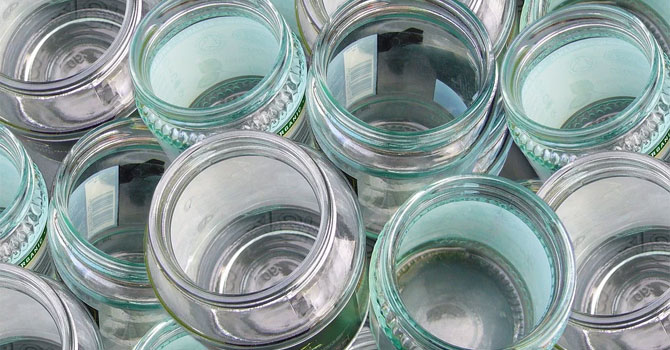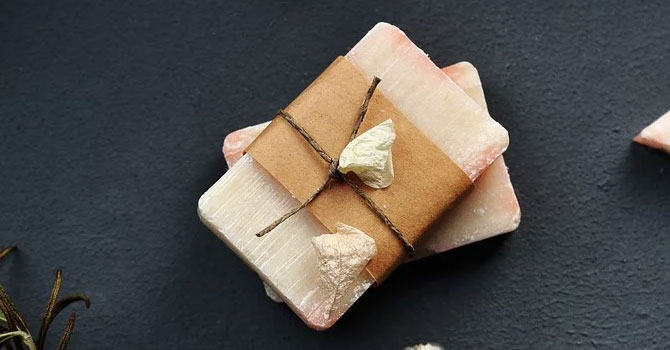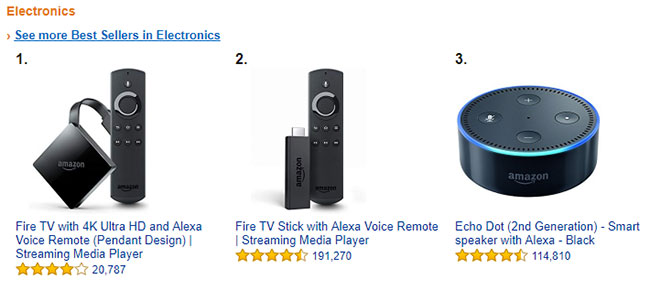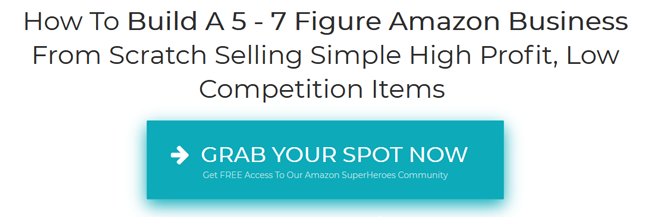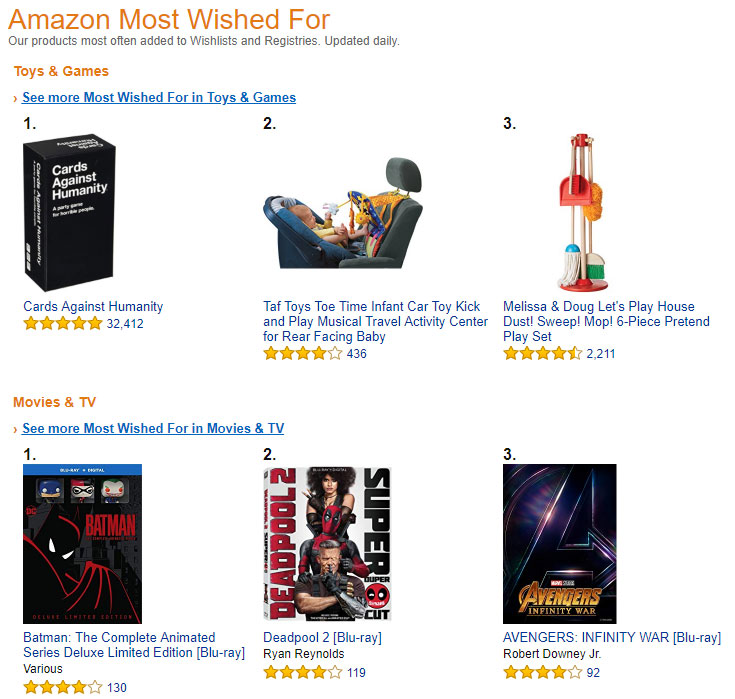For many, a wedding dress is a once-in-a-lifetime purchase and won’t think twice about spending thousands or even tens of thousands of dollars on a dress they’ll wear on their wedding day and never again.
But a new generation of brides agree that wedding dresses can get pretty expensive.
One way to compromise is to splurge on the wedding dress and then recoup some of the cost by selling the wedding dress by selling it when the wedding is over.
If this is what you’re planning to do after your own wedding, or if you have a once-worn wedding dress that you want to sell, you’ve come to the right place.
Read this guide to selling wedding dresses: the best places to sell them, how to set the price, and more tips to sell your wedding dress.
Where Can I Sell My Wedding Dress Online?
You don’t have to go far to sell your wedding dress.
Just visit any of the websites below and pick the one that fits your situation best (price-wise and overall service):
1. Nearly Newlywed
This website is highly recommended in wedding groups and forums as the process of listing and selling your wedding dress with them is among the easiest.
To get started, create a seller account, upload photos of your wedding dress along with detailed information about the dress (where you bought it, its condition, the reason for selling, etc.), pay a $19.99 listing fee, then wait for your listing to be approved.
Once approved, Nearly Newlywed will take care of everything: advertising and marketing your dress, answering buyer inquiries, processing payments, covering shipping fees (provided your dress is priced over $500), and after-sales support.
You’ll come back into the picture once someone buys your dress. You’ll be given a prepaid shipping label to ship off the dress to the buyer (again, as long as your dress is priced above $500; if your dress is priced less than $500, you’ll have to cover shipping fees).
After the 5-day return window, if your buyer decides to keep the dress, Nearly Newlywed will pay you 70% of the list price of your wedding dress through PayPal or check.
If the buyer changes their mind within the return window, they’ll ship the item back to you, and you’ll need to confirm that you received the dress in good condition so Newly Newlywed can refund them (less a $50 return fee). The dress goes back up for sale until it finds its permanent home.
- HOW MUCH YOU EARN: You get 70% of the sales price, while Nearly Newlywed earns 30% commission for every wedding dress
- PROS: Hands-off selling, simple process
- CONS: $19.99 listing fee + 30% commission is a bit steep for many sellers
2. Stillwhite
This site claims to have sold over $52 million worth of wedding dresses since it opened its doors.
Its buyers and sellers come from around the world, which makes your market reach a whole lot wider.
As a seller, you get to choose from two plans: standard (one-time $20 fee with 4 photos max and no more commission fees to pay when sold) or premium (one-time $30 fee with all standard features plus a gallery feature on the Stillwhite homepage and up to 8 photos and 1 video).
There are branded wedding dresses here, from Maggie Sottero to Vera Wang.
You can search by brand, color, size, and location of seller, among other filters.
- HOW MUCH YOU EARN: Depends on how much you priced your wedding dress and what type of plan you chose.
- PROS: No commissions
- CONS: Upfront fees are high

3. Wore It Once
This online marketplace looks like Etsy but is focused on buying and selling used wedding dresses, gowns, coats, bags, shoes, or jewelry.
Sellers can create their own custom shop, so you can add your wedding dress and everything else you want to sell.
You only have to pay a one-time $15 setup fee to set up your own shop, then list as many products as you want. These listings don’t expire and you can set your own price, as well as shipping and return options.
Plus, no need to pay monthly hosting and domain fees for your own website. It’s like you paid WoreItOnce to do all that for you.
When buyers see something they like, they can message the seller securely via the WoreItOnce messaging system.
- PROS: No limits to items you can sell
- CONS: Payments are made through PayPal and transactions go directly between buyer and seller. Wore It Once isn’t involved directly except as a platform.
4. PreOwned Wedding Dresses
Like Stillwhite, this website accommodates buyers and sellers from all over the world and focuses exclusively on second-hand wedding dresses, shoes, and accessories.
For a flat fee of $25, you can list your wedding dress on their site, and the listing lasts until the dress is sold. There are no commission fees or renewal fees.
You can also sell items from your bridal party, so bridesmaid, mother-of-the-bride, and flower girl dresses can also be put up for sale ($5 listing fee per item).
Your wedding shoes and accessories are also welcome here ($5 listing fee per item), so if you want to sell your veil, tiara, or purse as well, you certainly can.
Buyers who are interested in your listings will message you directly through your PreOwned account to discuss the condition of the item for sale, as well as negotiate the selling price, shipping fees, return policies, and other terms of sale.
Once you reach an agreement, you can invoice your buyer directly and then ship the item to them.
PreOwnedWeddingDresses.com has been around since 2004, so you know you’re dealing with a legitimate company.
Plus, their history puts them at the top of search engine rankings, which means your items are seen by more people and thus have greater chances of getting sold. The site even claims to have an average sell time of 70 days.
- PROS: Their wedding dress value calculator and pricing guide are awesome tools; no commission fees or listing renewal fees
- CONS: Different listing fees per item
5. Sell My Wedding Dress
This website offers two ways to sell your wedding dress:
- Basic (Free!) – 10 active ads with 10 photo uploads. Each listing is active until it’s sold.
- Premium ($29 one-time) – 25 ads active with 10 photo uploads. The $29 listing fee applies to a wedding dress, but listing all other types of dresses is free. Each listing is active until it’s sold. Your dress is shown as a featured listing on their homepage as well as the category page for free.
For both registration options, you can buy add-ons to help improve your chances of a sale, such as better placements for your listing, bold fonts to catch buyers’ eyes, and a YouTube video.
You’ll be responsible for writing out the description, such as brand, size, color, style, and so on.
Dresses of your wedding party (bridesmaid, mother-of-the-bride, and flower girl) are also welcome to be listed here.
Their messaging system allows buyers to directly communicate with the sellers.
- PROS: No commissions to pay, no hidden costs
- CONS: Steep fee for the premium plan
6. OnceWed
The selling process on OnceWed is similar to some of the other websites above, in which you can register on the site, pay a listing fee for your dress, discuss with buyers, ship your dress, and get paid.
You can list a wedding dress for $19.95 and $5 per additional item, which will be valid until the items are sold.
- PROS: No commissions, over 10 years in the industry
- CONS: Separate listing fees can add if you’re selling to multiple items
7. Poshmark
Poshmark is an app where you can sell your wedding dress and other clothing, shoes, and accessories (even those not related to your wedding).
Just click “sell” and follow the instructions. You put details of each item, upload photos, and finalize your listing. You then wait for people to buy your items.
Poshmark gets a 20% cut on items over $15, while a flat rate of $2.95 for any item below $15. Once your buyer has received their items, Poshmark pays you either by Poshmark credit or by direct deposit to your bank.
If you’re interested in selling apps, I’ve previously written an extensive Poshmark review recently. Check it out here.
- PROS: Very easy to use
- CONS: High fees
Other resources you could check include:
- Wedding Bee – a forum focused on the wedding industry. This link leads you to a section where people buy and sell used or never-worn wedding dresses.
- Tradesy – A general online marketplace for designer clothing and other goods. There are no up-selling fees here, but you’d have to pay 19.8% commission.
How to Sell a Wedding Dress Locally
If you want to handle everything and even meet the buyer in person, you can sell your wedding dress locally, too!
Wedding Dress Consignment
For a hands-off approach, find a wedding dress consignment shop in town.
Your wedding dress will be evaluated for quality and price, then if you give your go signal, the shop will sell the dress on your behalf.
The problem with consignment shops is that they tend to charge super-high commission fees (often up to 50%) of the final sale price of your dress.
I only recommend going this route if you’re in an exceptional hurry to sell but have no time to find a buyer on your own.
If you’re not in a rush, either Craigslist or Facebook are better options for selling your wedding dress to local buyers.
Craigslist and Facebook Marketplace
Craigslist continues to be a contender in the online buy-and-sell space, even if there are tons of selling apps available these days. The reason for this is Craigslist’s undisputed way of targeting buyers by town, city, state, and so on. Plus, it’s free to list as many items as you want.
You do need to be flexible with pricing since Craigslist is a place where buyers haggle freely.
If someone tries to buy your wedding dress and decides to meet up, keep yourself safe by choosing a public place with a lot of people. If possible, get someone to go with you and always let someone you trust know where you are.
Facebook has more modern features but it works mostly like Craigslist since it’s up to you and the buyer to negotiate the selling price, discuss shipping the wedding dress, and so on. You do have to be more aggressive in spreading the word about your wedding dress for sale on Facebook Buy and Sell groups, Facebook Marketplace, or even on your own profile.
You can search for ultra-specific Facebook groups, such as “2021 Florida brides,” “Miami wedding planners,” or “Buy and Sell Wedding/formal dress in [city]”.
It’s free to post items on Facebook, and if you don’t want to go to groups, you can list the dress on Marketplace and spend some advertising money to target potential buyers.
Facebook lets you choose demographics when you boost a post, so it’s possible to choose local buyers exclusively.
Tips to Help You Sell Your Wedding Dress
How quickly you’re able to sell your wedding dress depends on multiple factors, such as the brand/designer, age, condition, and where you choose to sell it.
Here are other things you can do for you to be able to sell your wedding dress more quickly at a fair or more-than-fair price.
Make sure your listing is truthful and detailed.
Brides buying secondhand wedding dresses want as much information on the dresses they’re looking to buy so they can make the right buying decision.
When creating your listing, make sure that you include who designed or who manufactured it, what year, color, collection, and which store you bought it from. Also, indicate if you had it altered in any way.
If you had the dress professionally made, make sure you indicate it, as well as the exact measurements.
All of the information you include should be the truth; if you lie, your buyer will find out when they get the dress anyway. You don’t need the aggravation and bad karma of a return or a PayPal dispute, so just tell the truth the first time around.
Learn how to take beautiful photos of your dress.
Gorgeous photos help boost your listing immensely. Learn the basics of apparel photography, such as the right lighting, angles, backdrop, and equipment to use.
Take pictures of the front, back, and any details your buyer should know, such as intricate beadwork, lace patterns, or any damage to the dress, such as stains or discolored patches. You need not include all the details in your listing, but if a buyer asks for more photos, you should have these handy to show them.
If you have photos of yourself wearing the dress at your wedding, have those photos ready, too. Buyers would have a better idea of how a dress actually flows when a human model is wearing it, as opposed to a hanger or a mannequin.
Know how to price your gown.
Setting a price is more of an art than a science. But there are some basic rules of thumb you need to know.
If your wedding dress is less than three years old, you can sell it for around 50% off its original price; a bit more if the gown is from a well-known designer, such as Vera Wang or Monique Lhuillier.
The style of the gown can also be a big factor. If your dress is in a classic style that’s sought after, it can still fetch around 50% of its price even if it’s older than three years old.
If a dress has never been worn, you can expect to sell it for around 80% to 90% of its original value, provided it remains pristine.
Include any fees you expect to pay, such as cleaning fees, listing fees, commissions, and other fees, in your computation.
Take excellent care of the dress.
Worn or unworn, immaculate or stained, taking care of the wedding dress before you sell it is a must.
Right after the wedding, hang it out to air dry. Don’t wrap it, especially in plastic, before it has been cleaned, as this is a surefire way for stains and gross smells to set in.
Wine, makeup, sweat, blood, and perfume are the usual causes of stains on wedding dresses, so try to remove the stains as soon as you can before they set.
Get the dress professionally cleaned. It will cost a few hundred dollars, but it’s a worthy investment, whether or not you plan to sell it.
After taking photos of the wedding dress for your listing, make sure it’s stored in a dark, dry place with constant temperature.
Other Ways to Offload Your Wedding Dress
If you haven’t been able to sell your wedding dress after a while, don’t get too discouraged. Here are other ways to “rehome” your gown.
Rent it out
Renting out your stuff can be pretty lucrative, as long as your stuff remains in demand.
Tuxedos are often rented, so why can’t wedding dresses, right?
Your best bet is to rent it out locally so that the turnover is quick and if the dress is damaged or lost, it’s less of a hassle to sort out than with someone who lives in another city or state.
Donate it
If you don’t mind eating the cost of the wedding dress and simply want to give to charity, you can donate your dress to websites, such as Brides for a Cause or Brides Do Good, who will sell your wedding dress and donate the proceeds to women-centered charities.
Maybe help a military or first responder out by donating your gown to Brides Across America.
Or help bereaved parents who have lost their baby by donating your wedding dress to NICU Helping Hands’ Angel Gown® Program who will turn them into custom-made gowns for final photos and burial services.
Repurpose it
You probably won’t be wearing your wedding dress to any other event, so if you’re comfortable with a sewing machine and don’t mind seeing your wedding dress in pieces, turn it into something you’ll wear again and love.
Create separate top and bottom pieces, or a cocktail dress you can wear to formal events.
Or turn it into a christening or first communion dress for a daughter or a loved one.
If you cringe at the thought of taking tailor shears to your dress but don’t mind someone else doing it, have the folks at Unbox The Dress help you out.
Sell Your Wedding Dress Today!
For many brides, their wedding dress is the most expensive piece of clothing they’ll ever buy and wear. It makes sense to want to recover even part of the cost of the dress.
Hopefully, this guide to selling your wedding dress has been helpful to you and given you plenty of ideas.
Planning to sell your wedding dress soon? Which of these options look most interesting to you? Tell us in the comments!






